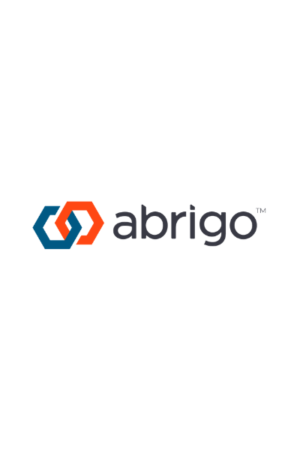When was the last time you wrote a check? We’ll wait…
While you may not have written a check in a while, businesses still rely on checks as one of their top forms of payment and are a lucrative source for check fraud. Those accounts tend to have more money and/or higher limits than personal accounts. There is also usually more than one signee assigned to those accounts, making them more susceptible to fraud. Additionally, the access to new technology to create realistic counterfeit checks continues to make check fraud one of the largest forms of fraud in the world. (Now would also be a good time to look for your check book. Fraudsters don't need to make a counterfeit version if they have the real thing.)
According to the ABA’s 2019 Deposit Account Fraud Survey Report, banks identified $25.1 billion in fraudulent transactions, a staggering 47% of which were check fraud. The 2021 AFP Payments Fraud and Control Survey reported 66% of fraud activity included check fraud in 2020. Although it has decreased slightly over recent years, 80% percent of companies still use checks as a primary form of payment.
One would think as technology improves so would the safeguarding features around monetary transactions. Mobile depositing of checks, for example, has actually made check fraud easier. A growing fraud issue is duplicate deposits of those checks. Fraudsters cash the same check twice – once via mobile deposit, and once in the bank branch months later, making off with double the money if institutions aren’t vigilant. As mentioned before, these scammers are also using high-tech devices to their advantage, printing fraudulent checks from top-of-the-line printers making them look legit to the untrained eye.
Check fraud still appears in traditional forms, including basic counterfeit checks, forging checks, paperhanging (writing a check from a closed account) and check kiting (“floating” a check from one low- or no-balance account to another to cover payments). Yet, emerging check fraud trends are important for you and your staff to be aware of in order to protect both your financial institution and your customers.
Lottery/Sweepstake Winnings: Scammers send a letter saying you won a lottery or sweepstake with a check for a couple of thousand dollars. All you have to do is deposit the check into your account, keep a small part for yourself and wire the rest of the amount back. It’s a win-win, right? It would seem, but only until the check is marked as fraudulent and your account is overdrawn by a few thousand dollars.
How do you prevent this at your institution? If a customer comes in with a check like this, have your tellers/front of house start a conversation with him/her explaining the latest scams going around. They are especially susceptible to this type of scam if their account balance is normally well below the dollar amount on the check. Who doesn’t want to get rich quick? Also, pay attention to the physical check. Where is the origination address? Does this match the business on the front of the check? Are the routing numbers correct? Are there physical signs of alteration, including stains or discoloration? BAM+ fraud scenarios run over 30 scenarios to prevent lottery scams, including sudden check deposit activity, real-time deposited check fraud detection, and ACH credit amount spikes.






